What data recovery tools to buy if you want to start a data recovery business?
Free video data recovery training on how to recover lost data from different hard drives?
Where to buy head and platter replacement tools at good prices?
Data recover case studies step by step guide
I want to attend professional data recovery training courses
Hard drives store data magnetically in glass or aluminum disks, or “platters.” Every few years, the capacity of hard drives goes up due to new advances in data storage technology; current drives usually store from 40-300 gigabytes of data, though drives that store up to 1 terabyte (1,000 gigabytes) of data are available and larger hard drives are expected by the end of the year.
A spindle spins the platters under read/write heads, which are able to magnetically write and read the data that the platters store. While in operation, the heads of the drive never actually come into contact with the hard drive’s platters unless the drive suffers a fairly severe physical failure; rather, they float slightly above the platters while reading, writing, and seeking information.
The heads of a hard drive can move back and forth across the surface of the platters at extremely high speeds in order to seek specific sectors of data. They’re also extremely precise, and read and write data at blindingly fast speeds. Because the heads of the hard drive are so sensitive, it’s important that hard drives aren’t subjected to large amounts of physical shock that may cause them to become damaged or misaligned.
The PCB (the green electronics board on the bottom of the drive) of a hard drive often contains critical information that the drive needs to function properly in the form of specialized microcode. This information is often specifically programmed to the board of the drive during the drive’s construction to meet each individual drive’s specifications, and as a result when a PCB fails this information must be reconstructed.
In addition, much more microcode is located within the service area of a hard disk’s platters. Some examples are as follows:
* Relational information about the drive’s heads. The drive must be programmed so its heads can work together. slight differences between drives make this information unique to every hard drive.
* Factory-born defects contained on the drive (often called a p-list). Again, this information is unique to every hard drive. By our calculations, the chances of two 300GB drives having the same factory defect table is roughly one in 500 trillion. Just one lost defect from this table and your data will not be recoverable unless you happen to choose one of the three data recovery companies that can recover from such a failure (yes, ESS is one of those).
* A list of sectors that have gone bad since you owned the drive (called the G-list). While not as critical, a misappropriated sector can cause your data to become temporarily inaccessible. This should be recoverable by any competent data recovery company.
* The zone table of the drive. This critical piece of information tells the CPU the density of data on the platter as the heads move from the inner part of the platter to the outer edge.
* Heads map. This tells the drive in what order it should use a disk head, and also how many heads are in the drive.
* SMART log. This keeps track of operating specs, and flags the BIOS when failure is imminent.
In recent years, hard drive manufacturing companies have researched ways to safely spin platters at extremely high speeds, currently up to 15,000 RPM. These incredibly high speeds help reduce seek time and increase the rate at which data is read by the hard drive and sent to the CPU of the computer. The higher speeds are also concurrent with a move to scale down the physical size of hard drive components; this allows for better and more secure data storage.
Data recovery Salon welcomes your comments and share with us your ideas, suggestions and experience. Data recovery salon is dedicated in sharing the most useful data recovery information with our users and only if you are good at data recovery or related knowledge, please kindly drop us an email and we will publish your article here. We need to make data recovery Salon to be the most professional and free data recovery E-book online.

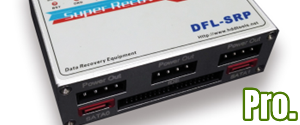
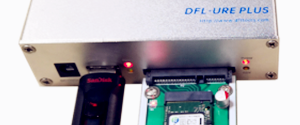
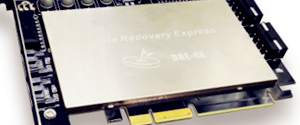

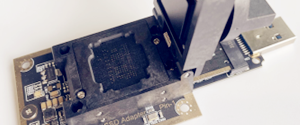
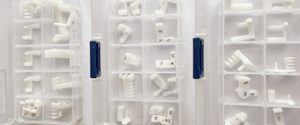
Comments are closed
Sorry, but you cannot leave a comment for this post.